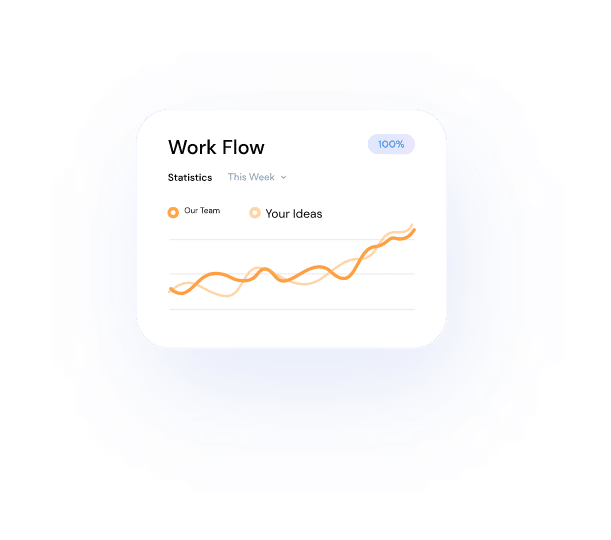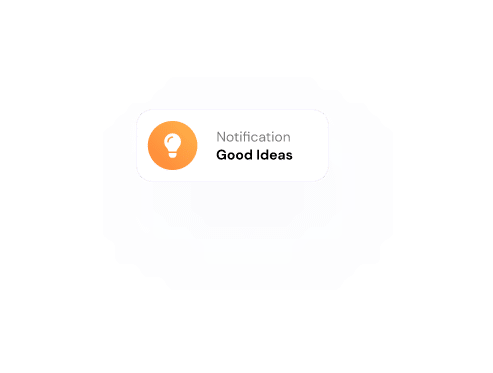In today’s fast-paced digital environment, choosing the right software development methodologies is essential for delivering scalable, efficient, and user-focused solutions. These methodologies are structured approaches that guide software teams through the planning, execution, and delivery of products, ensuring quality and alignment with business goals.
At Kambda, we believe that understanding these methodologies helps you make informed decisions and tailor the right approach for each project. Below, we explore five of the most effective software development methodologies used by industry leaders today.
1. Extreme Programming (XP): Prioritizing Flexibility and Client Feedback
Extreme Programming, also known as XP, is an agile software development methodology designed to improve software quality and responsiveness to changing customer requirements.
Key characteristics:
- Emphasis on frequent releases in short development cycles.
- Encourages constant feedback from the end user.
- Practices include pair programming, test-driven development (TDD), and continuous integration.
When to use XP:
XP is ideal for complex, rapidly changing projects where frequent client interaction is necessary. However, it requires a highly collaborative team and may not be suitable for projects with limited resources.
2. Prototype Methodology: Reduce Risk Through Early Visualization
The Prototype Methodology allows teams to create working models of the software early in the development process. This helps stakeholders visualize functionalities and suggest improvements before full-scale development begins.
Benefits:
- Early detection of misunderstandings in requirements.
- Enhanced communication between developers and clients.
- Reduced risk of costly changes during later stages.
This iterative and feedback-driven approach makes it a strong alternative to traditional models like Waterfall. Learn more about our custom software development services where such prototyping techniques are frequently implemented.
3. Waterfall Model: Sequential and Predictable
The Waterfall Model is one of the oldest software development methodologies, characterized by its linear and structured approach. Each phase must be completed before moving on to the next, making it best suited for projects with clearly defined requirements.
Advantages:
- Simple to understand and manage.
- Clear documentation at each stage.
- Ideal for small projects or those with regulatory compliance needs.
Limitations:
- Difficult to accommodate changes once development begins.
- Delayed testing and feedback cycle.
Although often viewed as outdated, Waterfall is still a viable option in industries that require detailed documentation and precise planning.
4. Spiral Model: A Risk-Driven Hybrid
Combining elements of both design and prototyping, the Spiral Model offers an iterative approach that emphasizes risk assessment. Each loop or “spiral” represents a phase of development, allowing teams to evaluate risks before moving forward.
Why choose Spiral?
- Strong focus on early identification and mitigation of risks.
- Incremental delivery of the product.
- Adaptable to changes in scope and requirements.
This makes it a go-to choice for large, complex, and high-risk projects.
5. Rapid Application Development (RAD): Speed Meets User Feedback
Rapid Application Development (RAD) is one of the most dynamic agile software development frameworks. It emphasizes rapid prototyping and user involvement over strict planning and testing cycles.
Core principles:
- Rapid construction of prototypes.
- Continuous user feedback.
- Modularization and reuse of components.
Ideal for:
- Projects with tight deadlines.
- Teams looking to quickly adapt to user needs.
- Scenarios where time-to-market is critical.
RAD fosters innovation by enabling fast delivery without compromising on quality.
Choosing the Right Methodology for Your Business
Each of these software development methodologies offers unique advantages depending on your team structure, project size, and timeline. Often, the most successful software solutions are created by blending elements from multiple approaches to fit the specific needs of a project.
Whether you’re launching a startup MVP or managing an enterprise-level transformation, understanding these methodologies is the first step toward project success. Visit our homepage to explore how Kambda helps businesses leverage the right development approach for sustainable growth.
Selecting a methodology is not just a technical decision, it’s a strategic one. By aligning your project goals with the most suitable agile software development practices, you increase your chances of delivering value faster, reducing risks, and enhancing collaboration across all stakeholders.
For businesses ready to transform their digital vision into reality, Kambda offers tailored development services backed by years of experience in both traditional and agile methodologies. Let’s build your next software solution smarter and faster.







